Scarlet Catchfly (Silene Virginica) – 1 Gallon Pot
$33.97 Original price was: $33.97.$23.78Current price is: $23.78.
SKU: D2LSC 3918297939 Categories: PERENNIAL PLANTS, PLANTS & TREES
- Shop with ease, buy with confidence.
- Safe and Secure Payments, Always
- Prompt service, every time.
- Fast, friendly, always here to help.

Scarlet Catchfly
Silene Virginica
Other Common Names: Cliff Pink, Fire Pink
Plant Details
USDA Plant Hardiness Zones: 4a-8b Find Your Zone
Plant Type: Herbaceous Perennial
Height at Maturity: 1-2′
Width at Maturity: 1-2′
Spacing: 12-18″ for mass plantings; 3′ or more for space between plants
Spacing: 12-18″ for mass plantings; 3′ or more for space between plants
Growth Habit / Form: Upright Clump
Growth Rate: Fast
Flower Color: Brilliant Scarlet Red
Flower Size: 1-1.5″
Flowering Period: Mid Spring through Early Summer
Flower Type: Single
Fragrant Flowers: No
Foliage Color: Light to Medium Green
Fragrant Foliage: No
Berries: No
Berry Color: No
Sun Needs: Full Sun to Part Shade
Water Needs: Average
Soil Type: Sandy, Rocky, Poor Soil
Soil Moisture / Drainage: Well-drained Moist to Dry
Soil pH: 5.5 – 7.5 (Moderately Acid to Slightly Alkaline)
Maintenance / Care: Low
Attracts: Visual Attention, Butterflies, Hummingbirds. Beneficial Pollinators
Resistances: Cold Temperatures (-30F / Zones 4-8), Deer – more info, Disease, Insect, Drought (Once Established)
Description
Bright red perennial flowers aren’t that common in a shade or woodland garden, but that’s exactly what you get with the Scarlet Catchfly, also known as Fire Pink. This eye-catcher is a wonderful North American native plant on the endangered species list in many locations, but you can bring it into your gardens for both you and your guests to enjoy, not to mention the hummingbirds and butterflies who will flock to it. In spring through early summer, clusters of brilliant 1 to 1.5” diameter scarlet flowers rise above the mound of green foliage. The flowers have narrow tubes that spread into 5 deeply cut petals. This one grows best in partly sunny or partly shaded sites with average well drained soil and is pest resistant and tolerant of drought and poor sandy, clay or rocky soils.
Silene virginica is called Scarlet Catchfly because of the sticky hairs on the calyx that holds the flowers are reminiscent of fly paper, though we’ve never seen this plant catch a fly. The sticky surface deters ants from climbing to the flower to steal nectar.
Wildlife Benefits
Ruby-throated hummingbirds are the principal pollinator of Silene virginica. The flowers also provide nectar for native bees, butterflies and nocturnal moths.
Landscape & Garden Uses
Growing up to 2 feet tall and wide, Scarlet Catchfly is ideal for use in partially shaded gardens and woodland or rock gardens. It is most impressive in small groups or in mass plantings where space allows. If conditions are right the plant will naturalize freely. A fine addition to shade and woodland gardens, hummingbird and butterfly gardens, red theme gardens, rock gardens, perennial gardens, native plant gardens, wildflower gardens and the Xeriscape (low water needs) cottage gardens, gardens, perennial gardens, cottage gardens, and red theme gardens.
Growing Preferences
Scarlet Catchfly isn’t too fussy about soil but grows best in a moist but well-drained soil of average fertility and part shade. Morning sun with afternoon shade or all-day filtered sun would be perfect. Drought tolerant when established. Plant with the top of the root ball even with ground level. Care and maintenance are minimal. Feed in spring with an organic plant food.
Plant Long & Prosper!
Meet The Wilson Brothers & Staff
Questions? Contact Us!
Be the first to review “Scarlet Catchfly (Silene Virginica) – 1 Gallon Pot” Cancel reply
Related products
Sale!
PLANTS & TREES
Sale!
Sale!
PLANTS & TREES
Sale!
FRUIT TREES & PLANTS
Sale!
GROUNDCOVER PLANTS
Purple Wintercreeper – Euonymus Fortunei Coloratus – 10 Pack Of Pint Pots
Sale!
JAPANESE MAPLE TREES
Sale!
FRAGRANT PLANTS
Sale!
GROUNDCOVER PLANTS
Pink Lily Of The Valley (Convallaria Majalis ‘Rosea’) – 1 Gallon Pot



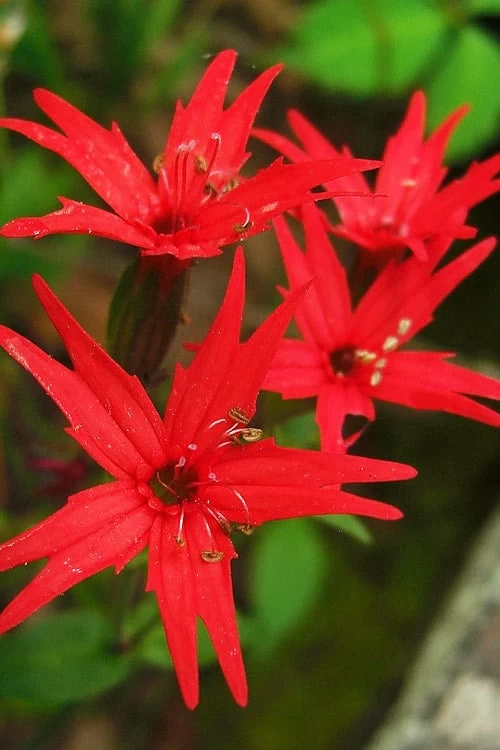
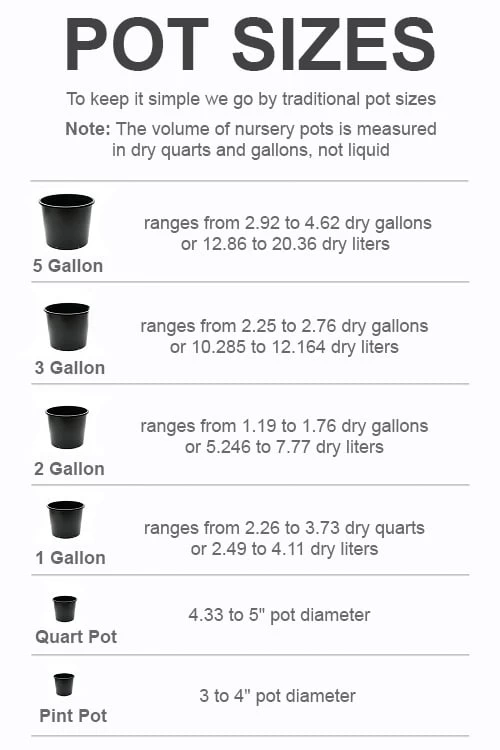


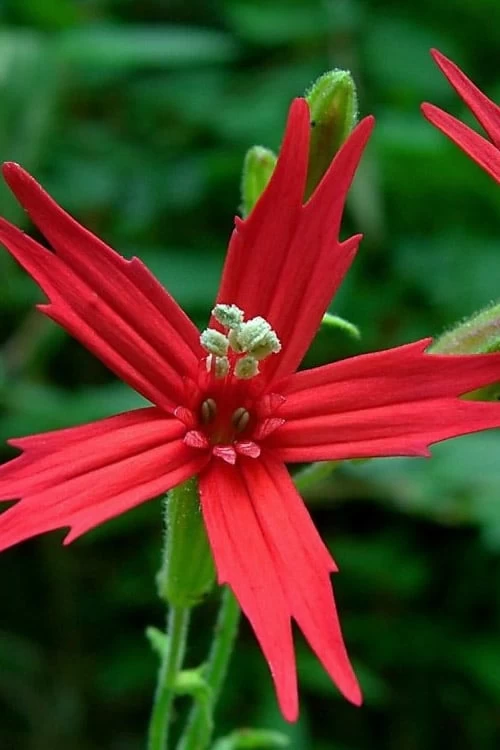

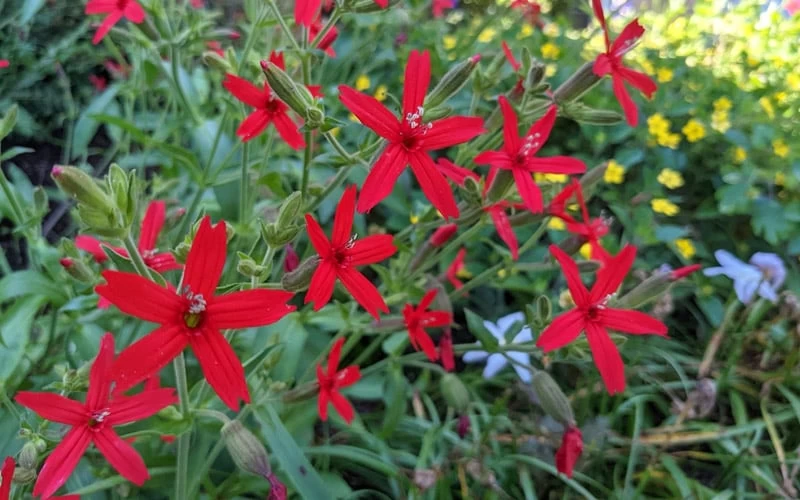
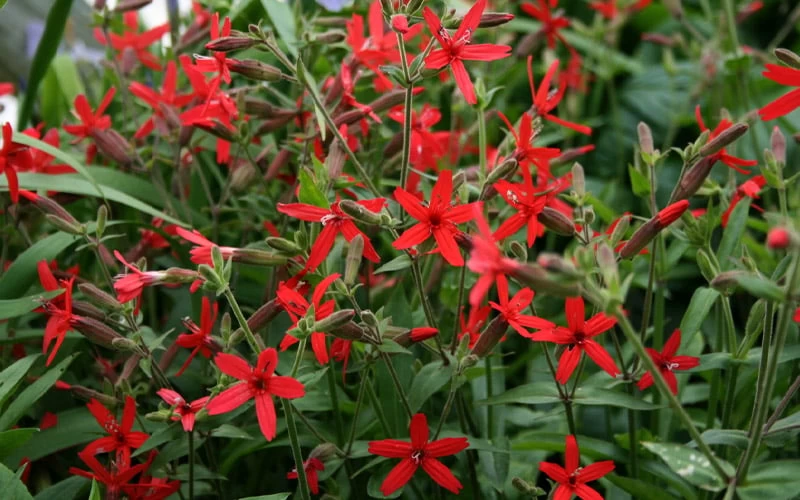
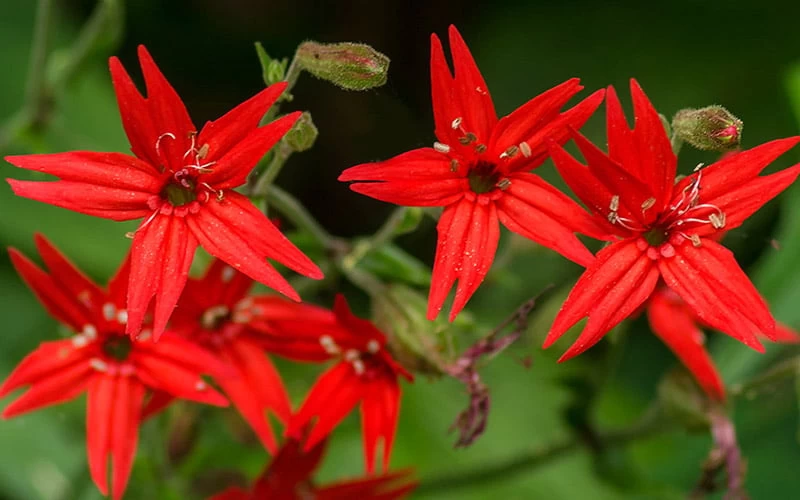


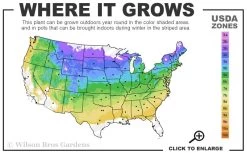
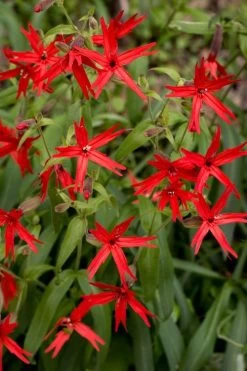
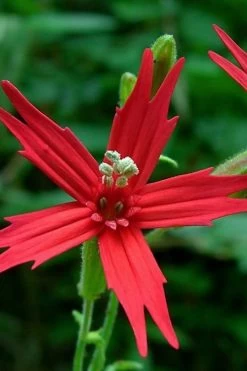

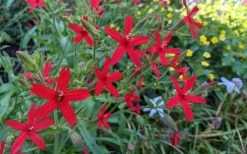
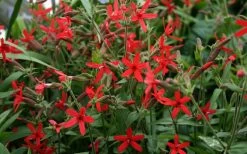
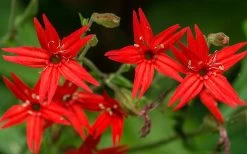

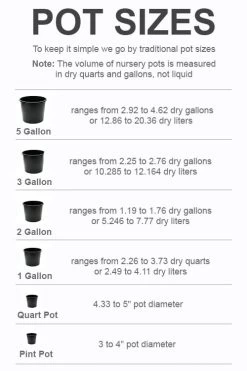
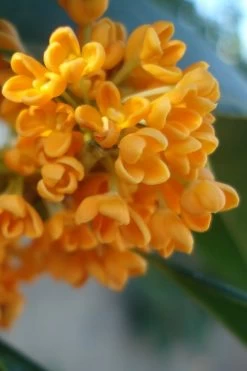


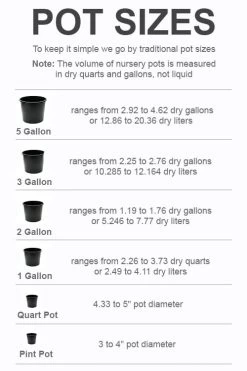
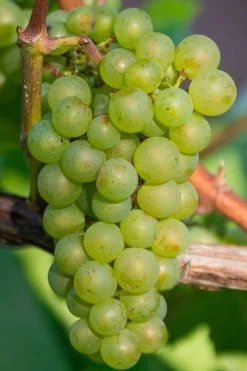
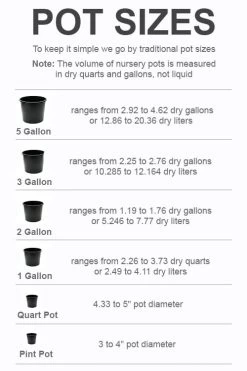
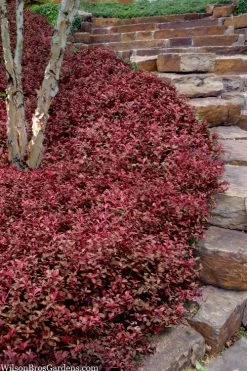
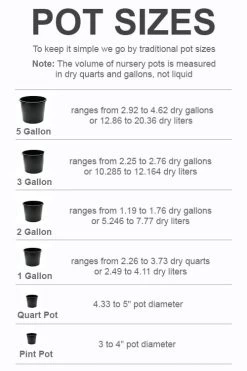


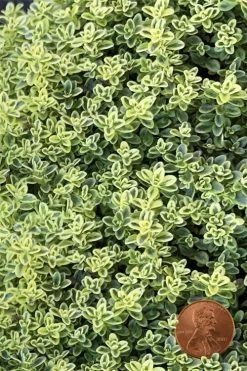
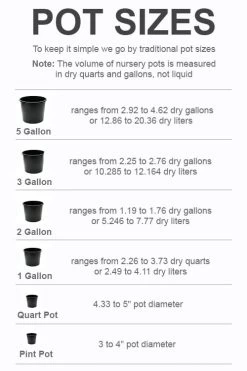
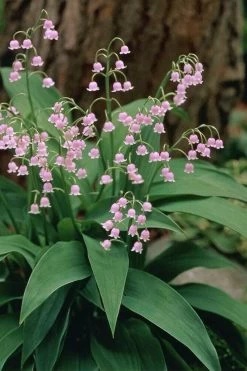

Reviews
There are no reviews yet.